Logistic chain as a science and practice considers as an object various economic flows, that is, those flows that are directly related to the economic activity of the company. The main distinguishing feature of these flows is that they are formed as a result of the purposeful and conscious activity of people.
What is economic flow?
The logistics chain considers economic flows, that is, the company's attracted or its own resources, which are considered in the process of various interdependent and interconnected movements and changes carried out to achieve certain goals set for a particular company.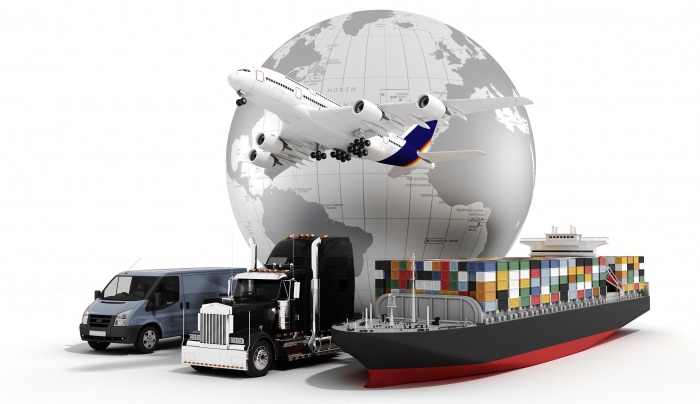
The process of consumption and continuous renewal of resources, that is, continuity of flows, is the basic form of existence of a company and, in principle, of any business. In other words, an enterprise, in principle, is a certain set of organized and at the same time interacting flows of various types of resources.
According to the most different types economic resources the logistics chain also provides the study of other types of flows, including labor, material, information, service and financial. Material flows are generally considered to be determinative in logistics, while others are considered exclusively as related.
What is material flow?
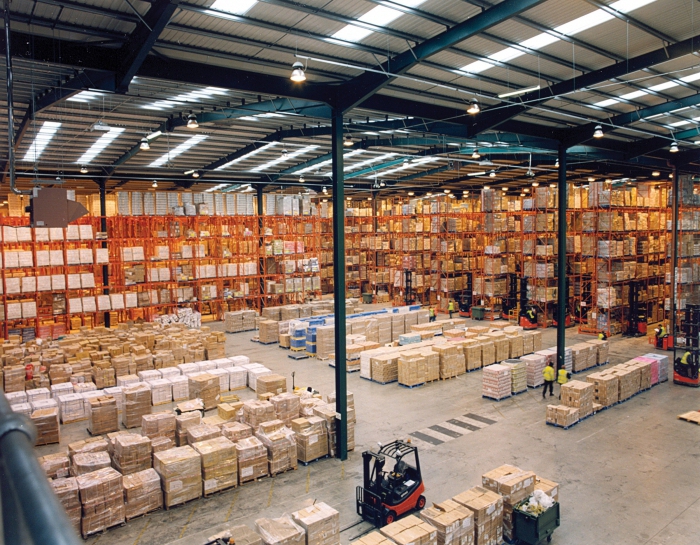
In addition, the logistics chain also considers material flows, that is, products that are considered in the process of accessing various logistics operations, and which refers to a certain period of time.
Features of material flows
The material flow that goes through the logistic cycle changes in some way:
- At the procurement stage, it represents the feedstock, as well as various materials.
- During production, it is already beginning to transform into unfinished products, which, in turn, after leaving the production sphere, will already be completely ready for sale products.
- Getting directly into the sphere of distribution, the material flow turns into a commodity one.
- In the field of consumption, commodity flow represents a whole line of various commodities.
In the past few years, the supply chain in modern companies has been constantly evolving, as a result of which there are areas such as information, service and financial logistics, in which the material flow practically does not play any decisive role.
Specifications
Material flow has the following characteristics:
- start and end points of movement;
- number of components;
- speed;
- time;
- route;
- intensity and many others.
In this case, a rather important characteristic that the links of the logistic chain have is the power of the flow, which is expressed as the ratio of the mass or the number of units of the flow to a certain period of time of movement. For example, in order to analyze the logistics system “warehouse”, one of the most important characteristics is the power of the input stream, that is, how many commercial products are delivered within a certain month.
What does logistics give?
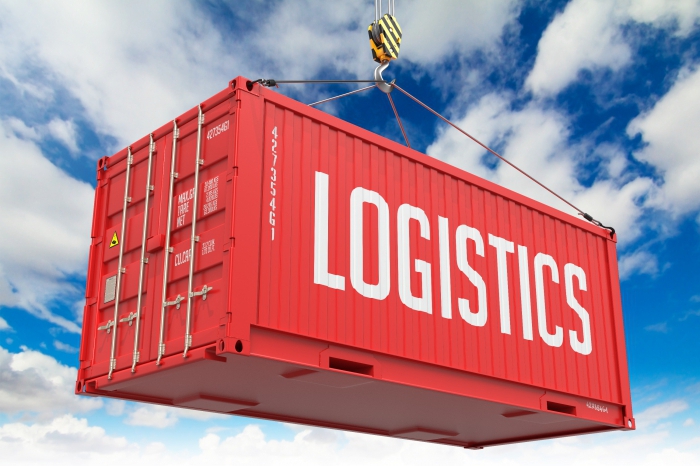
There are a huge number of the most diverse factors that influence the movement of flows, and the task of logistics in this case is to organize their movement in the most optimal way. Logistic chain management provides for any business activity in the form of optimization and subsequent rationalization of the use of all company resources in the process of their transformation from source materials to usefulness for the end consumer.
How is this done?
Flows are controlled by controlling the speed of their movement, as well as the direction, power, frequency and many other parameters. Moreover, in this case, such an important moment is optimization of the consistency of various flows with each other, that is, the movement of material flows should in any case be coupled with information, financial, personnel and a whole range of other important flows. In practice, it is quite difficult to achieve optimal consistency in the process of working with different types of flows. The most typical reasons for the decrease in the speed of movement of flows include untimely provision of information on the arrival of goods, temporary delays in payment, the lack of the necessary staff for all loading and unloading operations, and much more.
Among other things, it should be noted that since the economic flows that are considered by the logistics management of supply chains belong to the group of artificial, that is, created by people, their optimization also includes optimization of the transition across different boundaries of responsibility of individual logistics links and systems, It provides for the union of borders and maximum optimization of joints.
The purpose of the logistics system
Logistic systems are among the economic ones, which are characterized by the presence of a specific goal of activity, as well as the ability to adapt to the environment, based on feedback.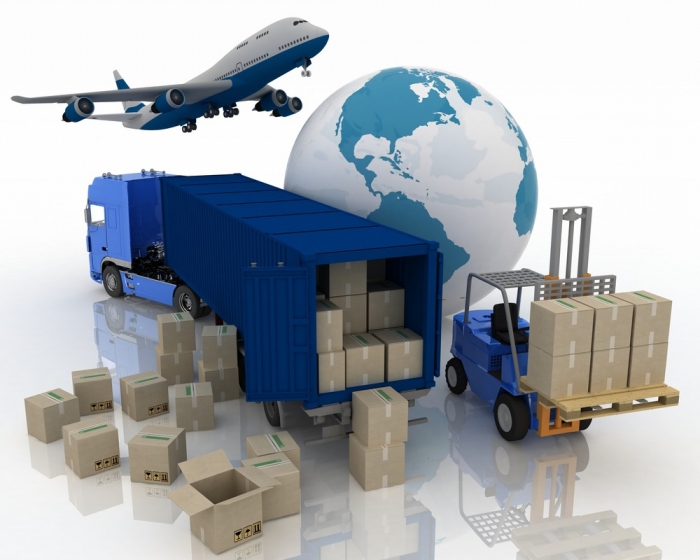
Thus, the logistic system represents various logistic channels and logistic chains, as well as many other interacting elements and subsystems that perform logistic functions and are interconnected by a community of interests and goals that are realized through the management of various economic and material flows.
The logistics system provides for the development of developed relations with the internal and external functioning environment, due to which it can adapt to continuous changes by improving the operation algorithm.
What are they like?
Thus, we can say that there is a huge number of the most diverse logistics systems that differ in goals, scope of activities, composition and many other parameters.
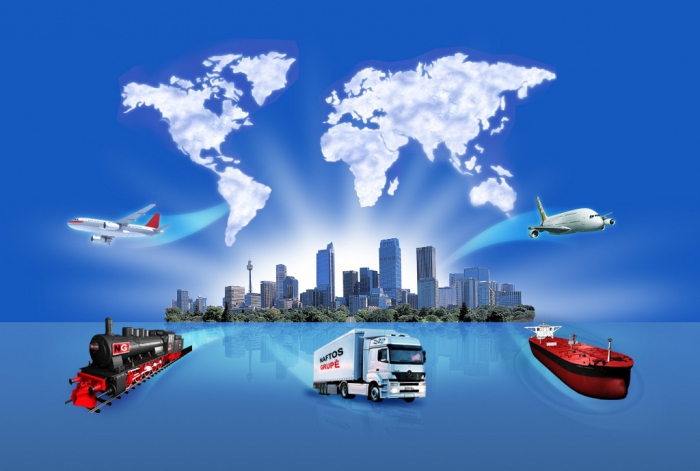
The unifying property of systems is hierarchy, that is, any system, in principle, can play a dual role:
- as a system with respect to lower order systems representing its elements;
- as an element that, together with other systems, is part of a higher order system.
In this regard, logistics systems and logistics chains are always included as a certain element in a system of a higher order, while there is not a single element that could not act as a system relative to others that are included in it as elements of a lower order. It should be noted that the logistics system and its elements operate on the principle of subordination, while the principle of interaction is formed between the elements.
Types of systems and their hierarchy
Carrying out the study of a logistics system at any level, it is necessary to take into account the fact that it works in an external environment, which for it is a system of a higher level, as a result of which it also has an effect with a certain result. Thus, if you select a company as the object of examination, you can distinguish several main factors of the influence of the external environment, which will need to be properly adapted:
- political, which determine decisions on the further development of business in the country, as well as the financial and investment climate, and many other important issues;
- legal, providing the formation of a variety of regulatory documents governing the activities of a particular company;
- economic, which affect the current level of inflation, the exchange rate, the pace of development of various industries, capital, labor markets, supply and demand, as well as many other equally important factors;
- technological and technical, in accordance with which the level of development of information-computer and transport systems, production technologies, as well as a host of other points are determined;
- social and environmental, which includes the social needs of people, the demographic situation and population migration, as well as cultural demands and environmental requirements for the technologies used.
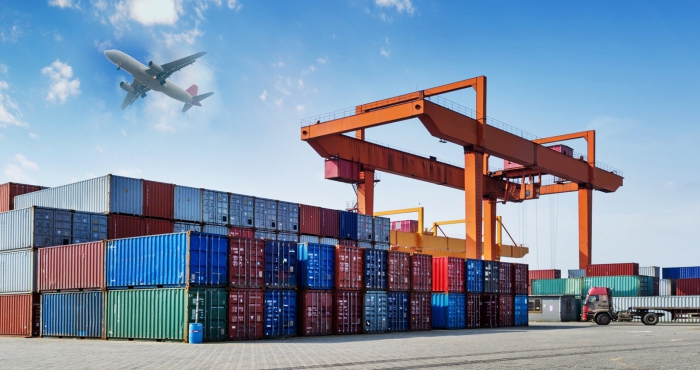
If the company does not have the ability to influence environmental factors, as a result of which it will have to adapt to them in the course of work, then, working in the market as a completely independent logistics system, it will already enter into equal relations with other entities, including includes partners, suppliers and consumers.
What does the relationship look like?
The resources, as well as the results of activities of any company, exist outside its borders as a logistics system. Resources are purchased from suppliers, after which they are transferred in the form of flows to the logistics system, where they are used to produce all kinds of services or goods. The services and goods produced, in turn, already go beyond the boundaries of the logistics system directly to consumers in exchange for some financial resources.

The logistics chain of the enterprise also provides for a lot of different relationships and interactions between the enterprise and its partners, and these relationships can be in the nature of competition or cooperation. The nature of relations is also actively influenced by partners involved in the movement of logistics flows.








